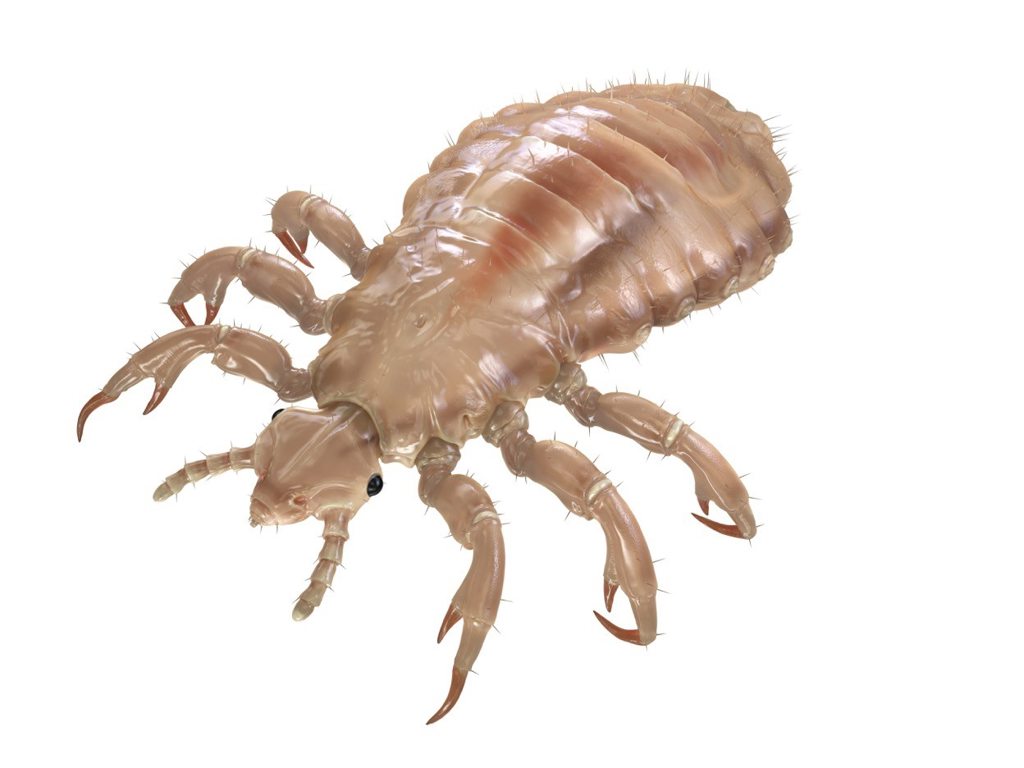
Lice - An Itchy Nuisance
Lice - even the thought of them can make your head itch.
This time of year – with back to school, sports seasons and hats – families start dealing with them more often. Penn Highlands Healthcare staff see a fair number of head lice cases throughout the year, but lately, there have been a few more than usual.
Though head lice do not carry life-threatening diseases, they are a nuisance. And they can spread, creating nuisances for others.
What are head lice?
Lice are a group of louse insects. They are one-eighth of an inch long and make their homes on human heads to feed upon blood. They multiply quickly by laying small greyish-colored oval-shaped eggs called nits. Nits stick to the base of hair close to the scalp.
“Lice are generally transmitted by close person-to-person contact, commonly on children through school and playing,” Lisa Rorabaugh, director of Patient Safety, Risk Management and Customer Service at Penn Highlands Clearfield, said. “Sometimes, they can be transmitted by sharing pillows, towels, clothing, hats, combs, brushes or furniture. They do not have wings, so they must crawl to get from person to person.”
“Anyone can get head lice,” Sue Stiner, MSN, RN, director of Infection Prevention & Control at Penn Highlands DuBois, said. “Don’t think of it as a sign of being dirty. In fact, lice prefer clean hair as it is easier for the louse to attach itself to hair that is product or oil-free.”
How do you know if you have lice? “Usually, the first thing people notice is an itchy scalp,” Rhonda Chilson, RN, director of Quality and Infection Control at Penn Highlands Elk said. “Their scurrying can be felt as a tickle. Their bites to the scalp can itch, and infected scratch marks can look like a rash.” Lice can be seen, and they can range in color from red to brown, yellow, tan, gray, white or black.
Also, look for their eggs. The eggs are the size of a pencil tip and can be white, tan, gray or yellow. They are hard to see, so separate the hair into thin sections looking closely at the nape of the neck and behind the ears.
If you see lice or nits, the scalp should be treated twice with a medicated hair product. Knowns as pediculicidals, they cannot prevent lice or nits, but these medicated hair products can kill the bugs and eggs it touches.
Lice treatment products are available over-the-counter at area stores. Most contain Permethrin 1 percent, such as Nix or RID, or Pyrethrin. Once you have a product, follow the directions exactly. And there is more to do before you give the second treatment.
After finding lice or nits, all those who have been in close contact with the person should be checked and treated. This is very important for family members.
Then, “cleaning personal items and your home is important,” Beth Keth RN, BSN, Organizational Performance Improvement/Patient Safety officer at Penn Highlands Brookville, said. “No special cleaners or chemicals are needed, but being thorough is very important.”
If you want to keep your combs and hairbrushes, soak them in 130 degree water for at least 10 minutes. If heat will damage your items, put them in sealed plastic bags for two weeks.
Wash all clothing and bed linens used by the infected person within the past two days. Use hot water of 130 degrees to wash and dry on high heat for 20 minutes.
Articles that cannot be machine washed, such as stuffed animals, pillows or comforters, can be vacuumed, dry cleaned or stored in a sealed plastic bag for two weeks. Another option is to place the item in a hot dryer for 20 minutes, if the recommended care label approves use of dryers.
Floors, carpet, upholstered furniture, pillows and mattresses should be vacuumed to pick up any hairs that may have living lice or nits attached to them.
After all is cleaned, follow the label of the hair product for the next treatment. If the label doesn’t say when to use it, again, use it nine days following the first treatment to be sure all lice are dead.
Sometimes at Penn Highlands, we have patients who come in with head lice, and we follow policy. Patients are placed in private rooms and are treated to kill the lice. If treatment is not an option, a cap will be placed on a non-treated patient’s head to contain the lice.
Combs, bushes and hair barrettes are either thrown out or soaked in cleaner for an hour. Patient families are instructed to launder all clothing worn 72 hours preceding treatment. Patient bedding is changed daily and sealed in a plastic linen bag. All furniture will be vacuumed and sprayed with insecticide.
Staff will wear gown and gloves for direct patient contact and will avoid skin-to-skin or direct contact with patient’s bedding, clothing, combs and brushes.
